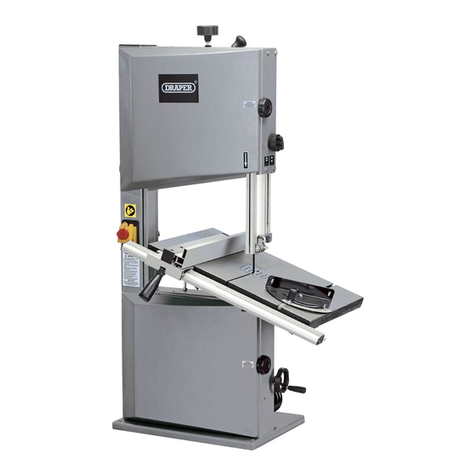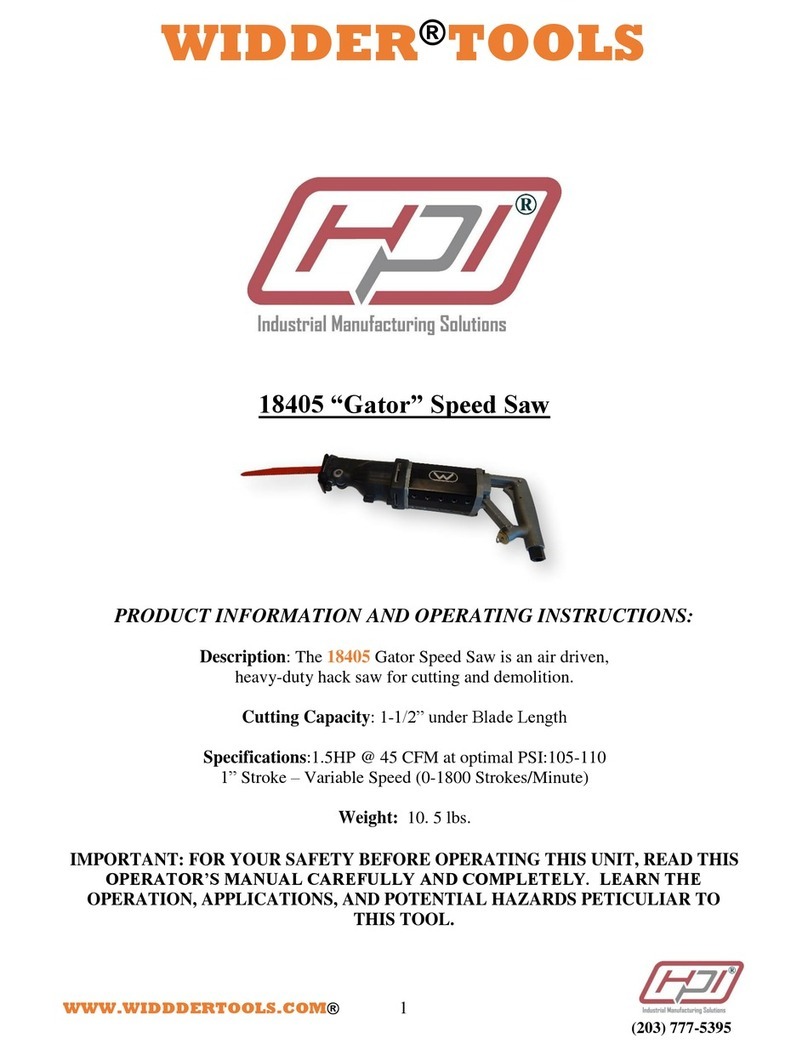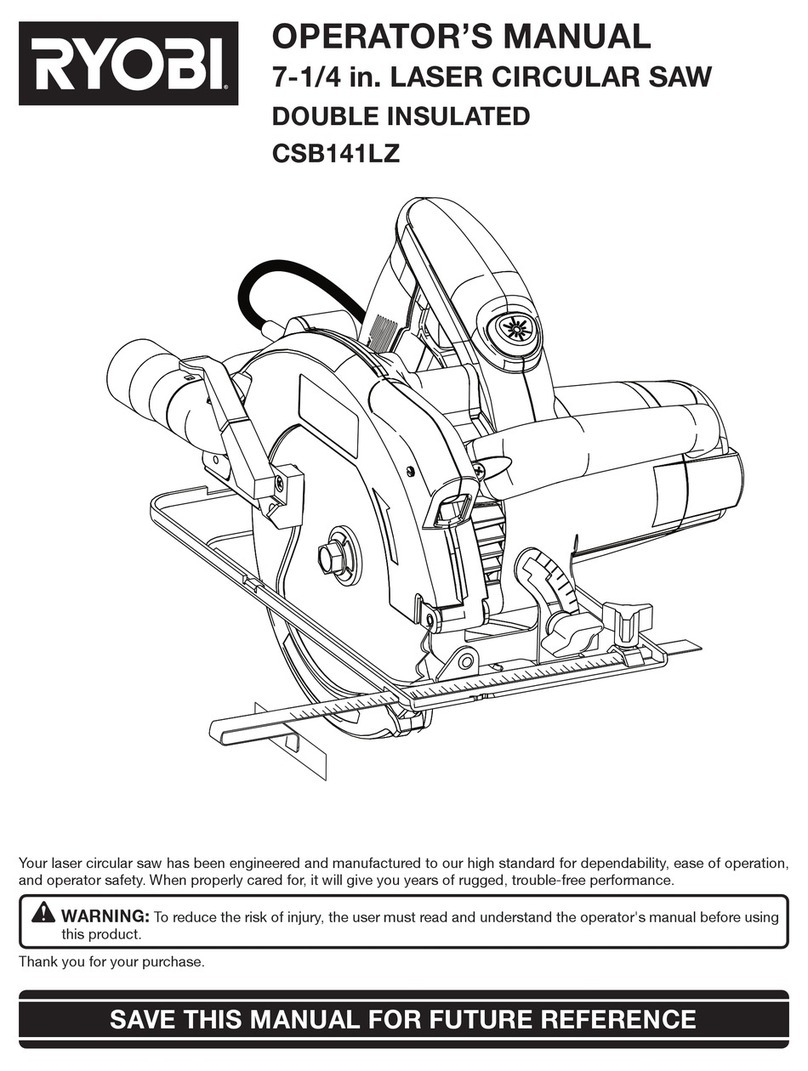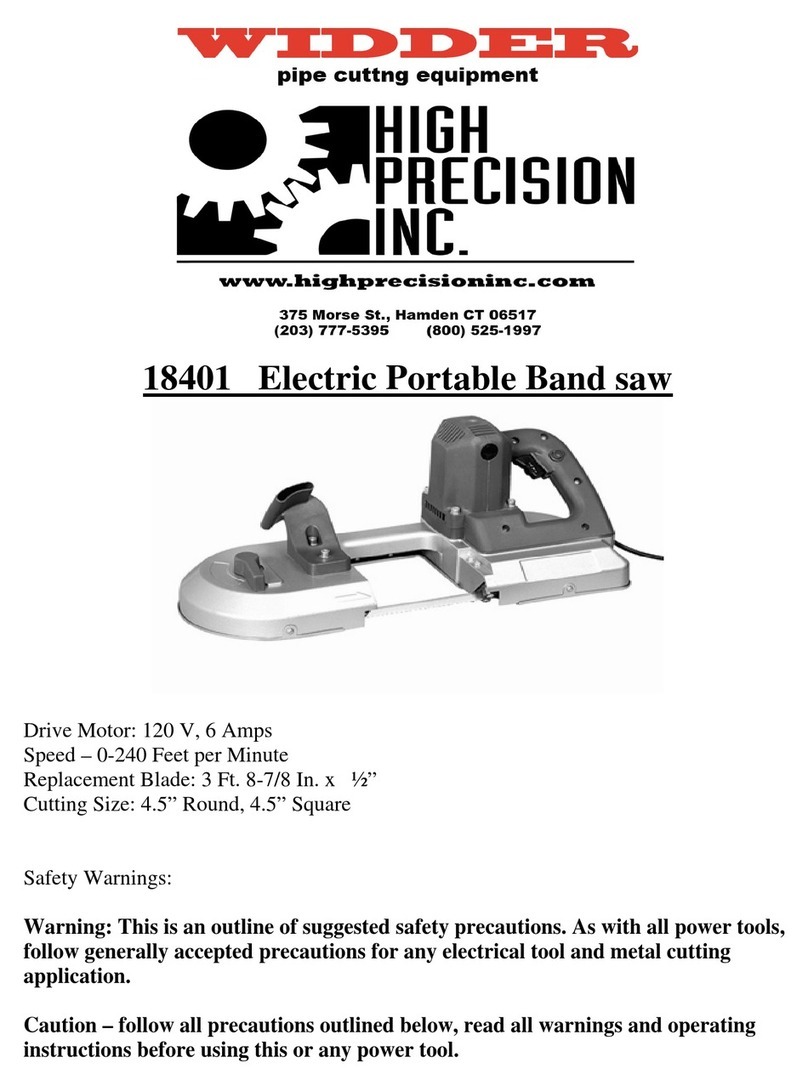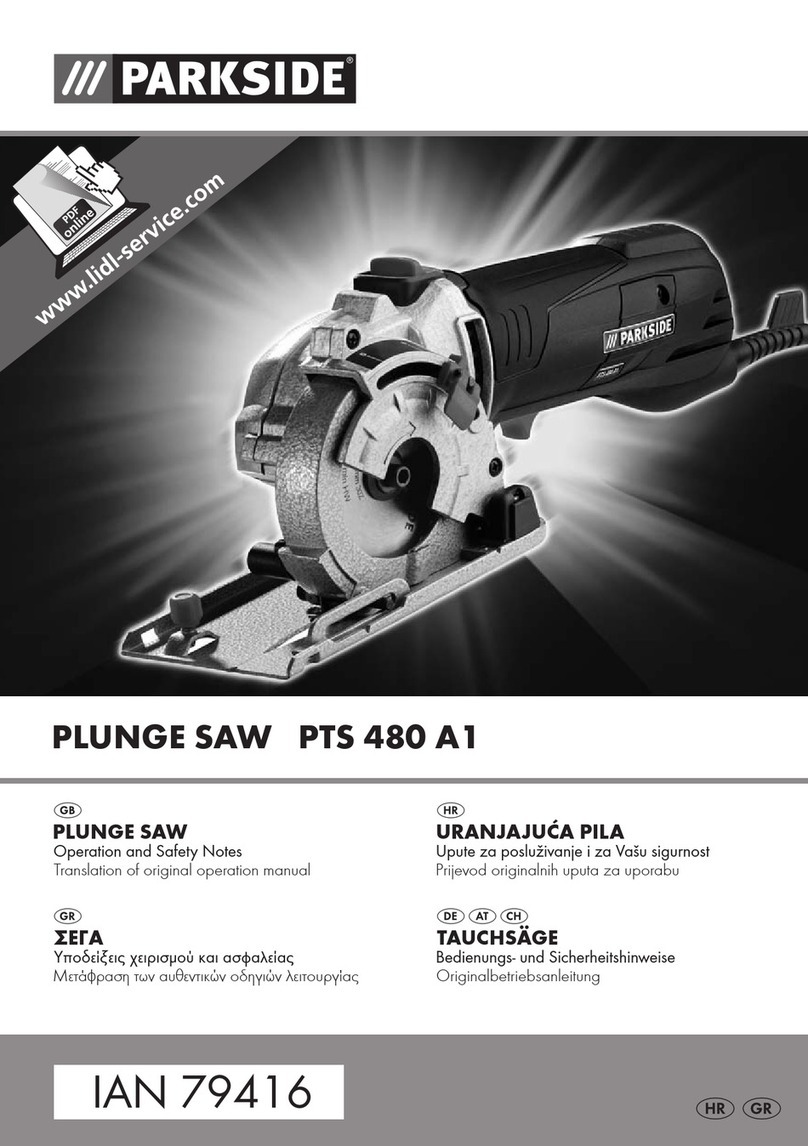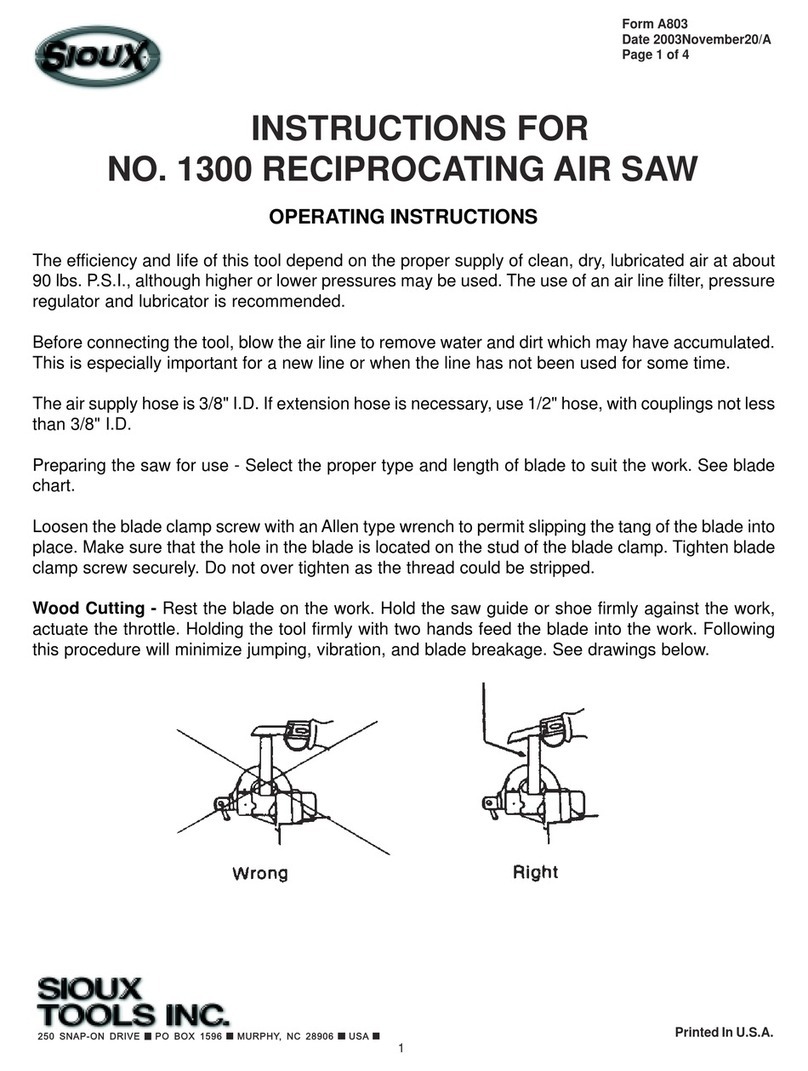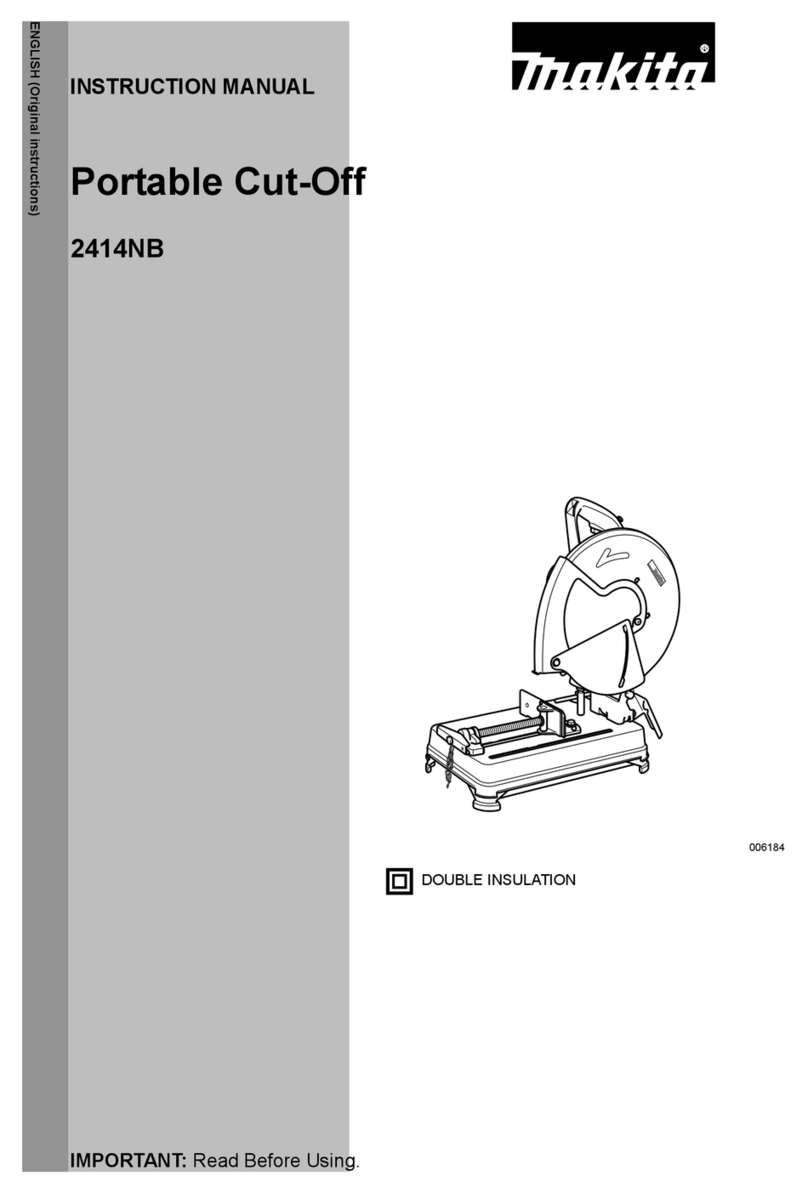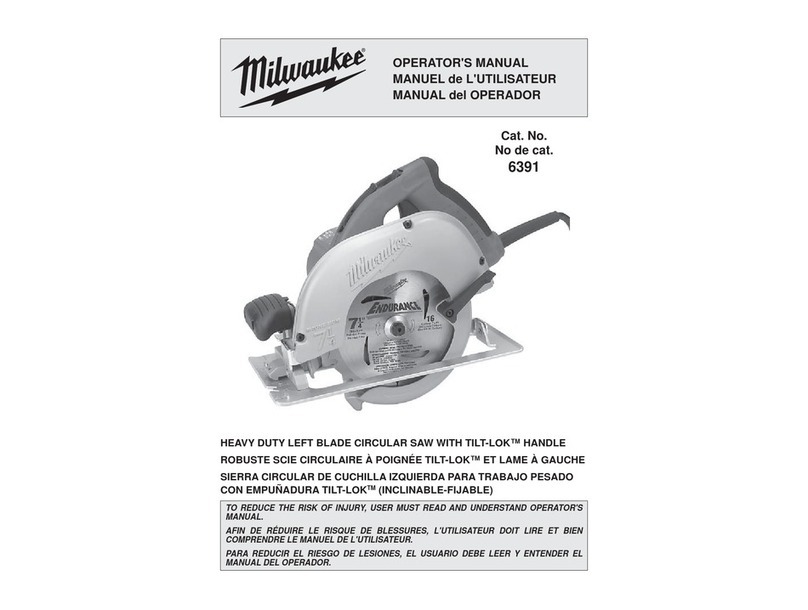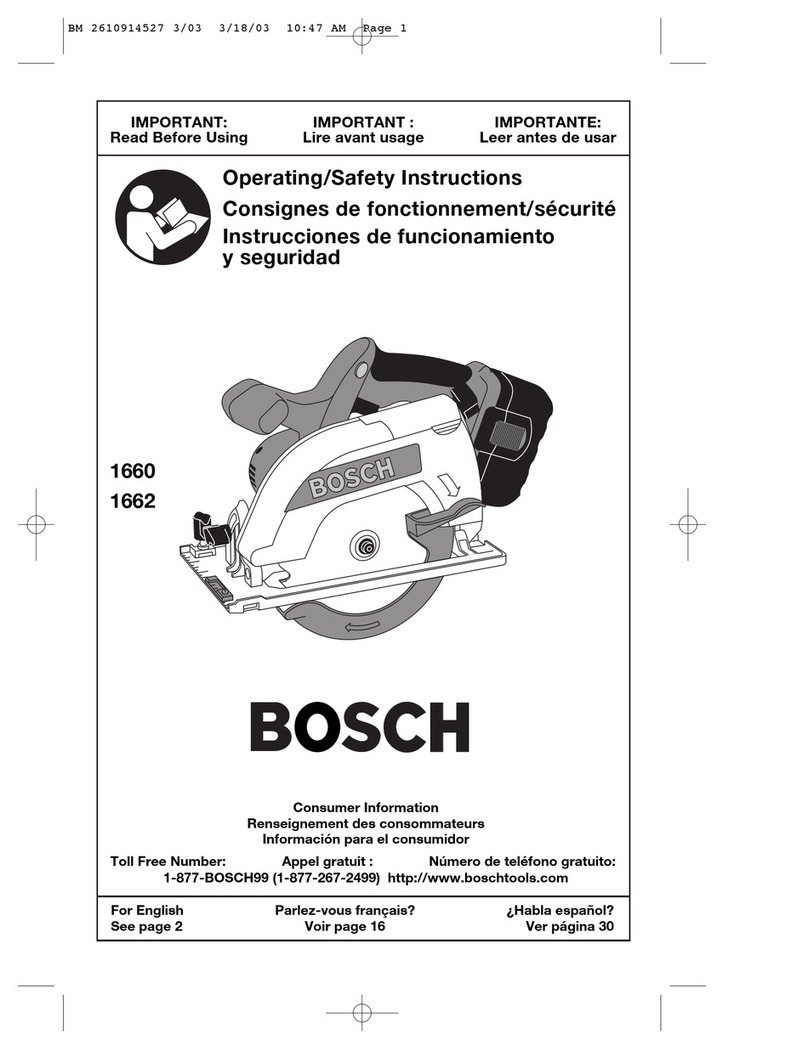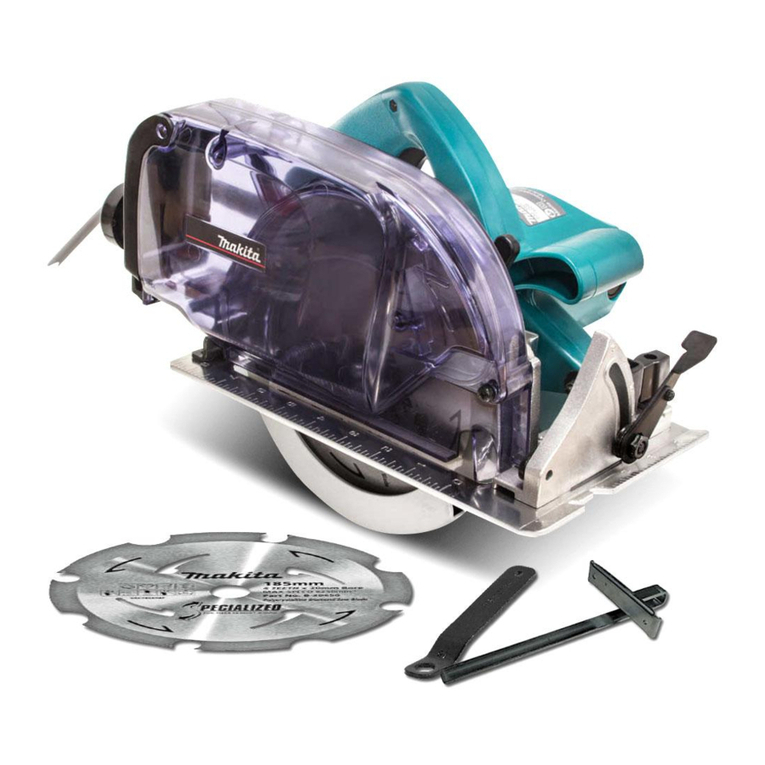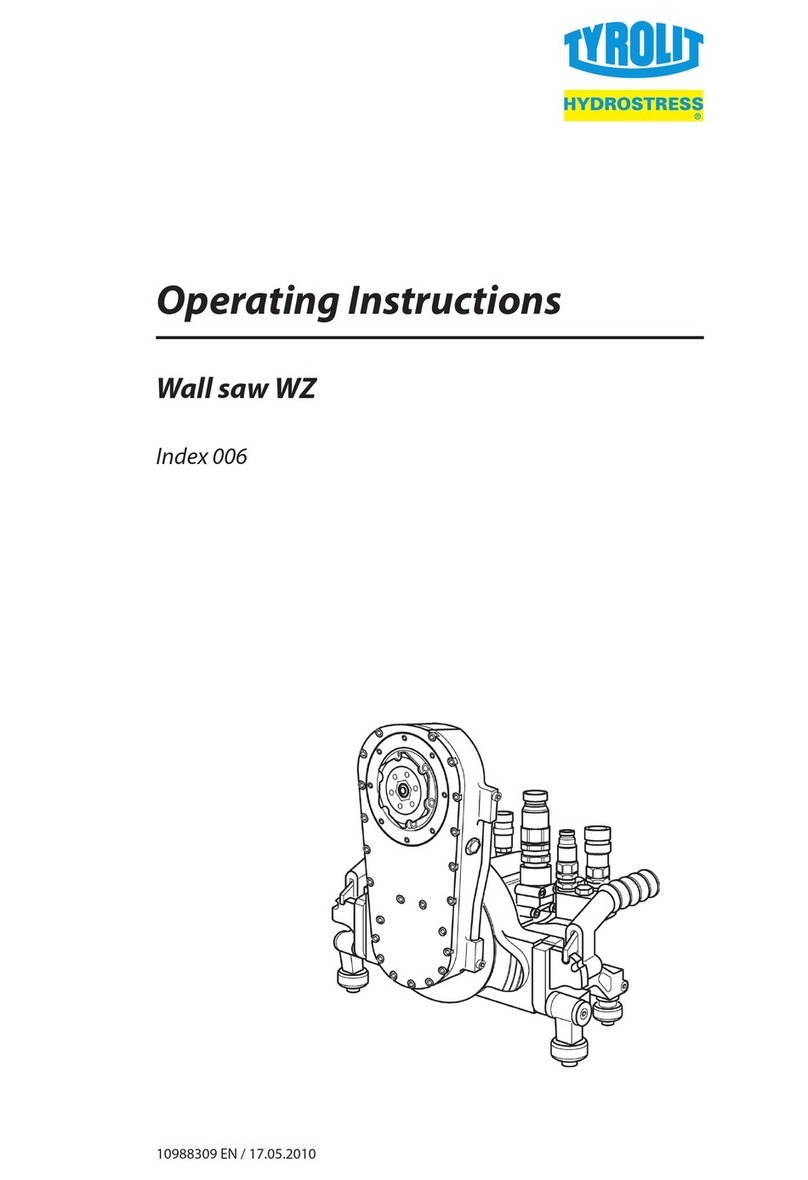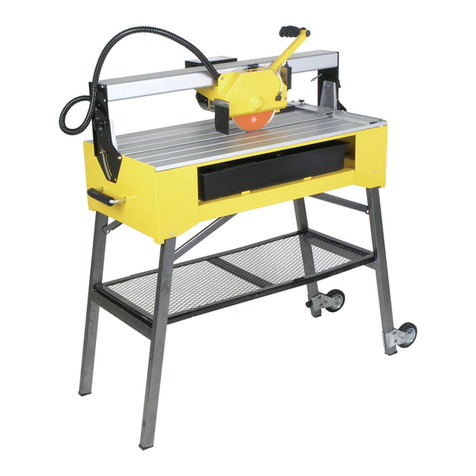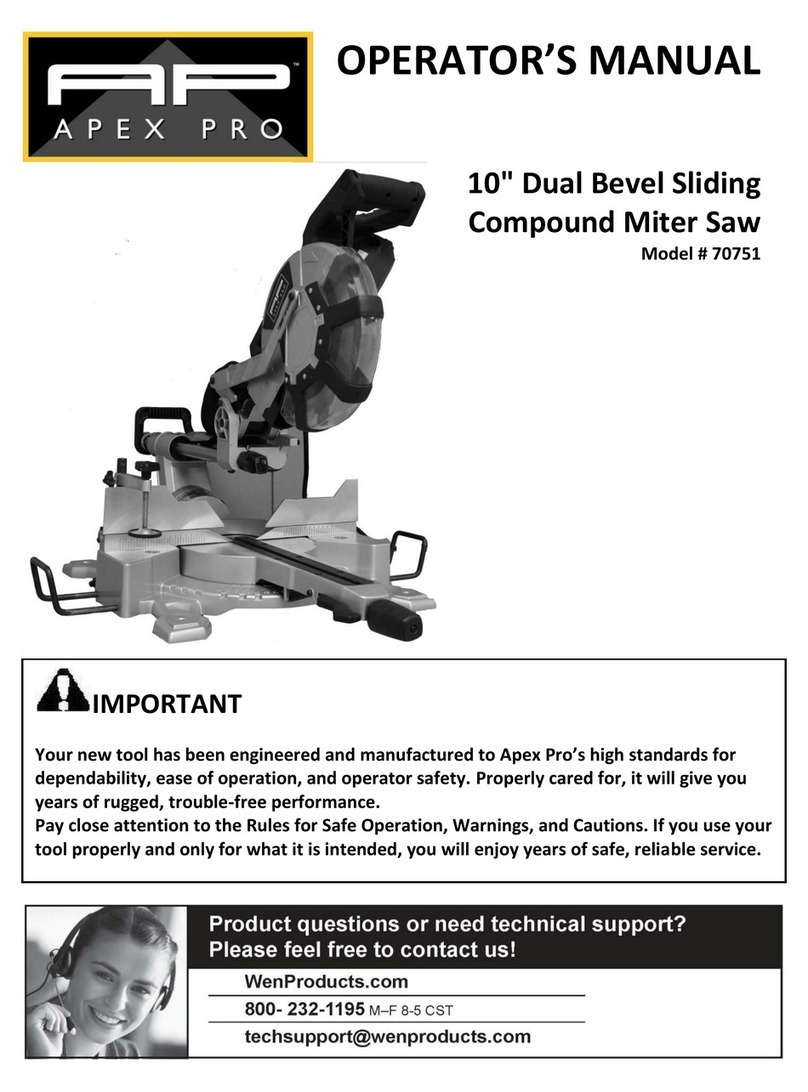Draper PT185A User manual

IMPORTANT: PLEASE READ THESE INSTRUCTIONS CAREFULLY TO ENSURE THE SAFE AND
EFFECTIVE USE OF THIS PRODUCT.
GENERAL INFORMATION
These instructions accompanying the product are the original instructions. This document is part of the product, keep it
for the life of the product passing it on to any subsequent holder of the product. Read all these instructions before
assembling, operating or maintaining this product.
This manual has been compiled by Draper Tools describing the purpose for which the product has been designed, and
contains all the necessary information to ensure its correct and safe use. By following all the general safety instructions
contained in this manual, it will ensure both product and operator safety, together with longer life of the product itself.
AlI photographs and drawings in this manual are supplied by Draper Tools to help illustrate the operation of the product.
Whilst every effort has been made to ensure the accuracy of information contained in this manual, the Draper Tools policy
of continuous improvement determines the right to make modifications without prior warning.
CONTACTS
- DRAPER TOOLS LIMITED,
Hursley Road, Chandler's Ford,
Eastleigh, Hampshire. SO53 1YF. U.K.
- Help Line: (023) 8049 4344
- Sales Desk: (023) 8049 4333
- General Enquiries: (023) 8026 6355
- Service/Warranty Repair Agent
For aftersales servicing or warranty repairs, please
contact the Draper Tools Help Line for details of an
agent in your local area.
YOUR DRAPER STOCKIST
RDKC0916
drapertools.com
INSTRUCTIONS FOR
1300W 230V
185mm Circular Saw
Stock No.20961 Part No.PT185A

1. TITLE PAGE
1.1 INTRODUCTION:
USER MANUAL FOR:
1300W 230V 185MM CIRCULAR SAW
Stock no. 20961
Part no. PT185A
1.2 REVISIONS:
As our user manuals are continually updated, users should make sure that they use the very
latest version.
Downloads are available from: http://www.drapertools.com/manuals
DRAPER TOOLS LIMITED WEBSITE: drapertools.com
HURSLEY ROAD PRODUCT HELP LINE: +44 (0) 23 8049 4344
CHANDLER’S FORD GENERAL FAX: +44 (0) 23 8026 0784
EASTLEIGH
HAMPSHIRE
SO53 1YF
UK
1.3 UNDERSTANDING THIS MANUALS SAFETY CONTENT:
WARNING! Information that draws attention to the risk of injury or death.
CAUTION! Information that draws attention to the risk of damage to the product or
surroundings.
1.4 COPYRIGHT © NOTICE:
Copyright © Draper Tools Limited.
Permission is granted to reproduce this publication for personal & educational use only.
Commercial copying, redistribution, hiring or lending is prohibited.
No part of this publication may be stored in a retrieval system or transmitted in any other
form or means without written permission from Draper Tools Limited.
In all cases this copyright notice must remain intact.
Date first published August 2016
Date first revised September 2016
NOTES
23

2. CONTENTS
NOTES
2.1 CONTENTS
Page content Page
1 TITLE PAGE
1.1 INTRODUCTION ............................................................................................... 2
1.2 REVISION HISTORY........................................................................................... 2
1.3 UNDERSTANDING THIS MANUAL ................................................................... 2
1.4 COPYRIGHT NOTICE......................................................................................... 2
2 CONTENTS
2.1 CONTENTS ........................................................................................................ 3
3 GUARANTEE
3.1 GUARANTEE ..................................................................................................... 4
4 INTRODUCTION
4.1 SCOPE ............................................................................................................... 5
4.2 SPECIFICATION ................................................................................................. 5
4.3 HANDLING & STORAGE ................................................................................... 5
5 HEALTH & SAFETY INFORMATION
5.1 GENERAL SAFETY INSTRUCTIONS FOR POWER TOOL USE ............................ 6 - 7
5.2 ADDITIONAL SAFETY INSTRUCTIONS FOR ALL SAWS.................................... 7 - 8
5.3 PENDULUM GUARDS ....................................................................................... 8 - 9
5.4 ADDITIONAL SAFETY INSTRUCTIONS FOR CIRCULAR SAW BLADES ............. 9 - 10
5.5 ADDITIONAL SAFETY INSTRUCTIONS FOR LASER PRODUCTS ....................... 10
5.6 CONNECTION TO THE POWER SUPPLY ........................................................... 10
6 TECHNICAL DESCRIPTION
6.1 IDENTIFICATION ............................................................................................... 11
7 UNPACKING & CHECKING
7.1 PACKAGING...................................................................................................... 12
7.2 WHAT’S IN THE BOX ........................................................................................ 12
8 PREPARING THE CIRCULAR SAW
8.1 BLADE INSTALLATION/REPLACEMENT............................................................ 13
8.2 LASER................................................................................................................ 13
9 BASIC CIRCULAR SAW OPERATIONS
9.1 ON/OFF TRIGGER SWITCH................................................................................ 14
9.2 DUST EXTRACTION........................................................................................... 14
9.3 CUTTING DEPTH ............................................................................................... 14
9.4 BEVEL ADJUSTMENT........................................................................................ 15
9.5 PARALLEL GUIDE.............................................................................................. 15
9.6 LASER GUIDE .................................................................................................... 15
10 MAINTENANCE
10.1 MAINTENANCE................................................................................................. 16
11 OPTIONAL ACCESSORIES.................................................................................................... 17
12 TROUBLESHOOTING........................................................................................................... 18
13 EXPLANATION OF SYMBOLS
13.1 EXPLANATION OF SYMBOLS ........................................................................... 19
14 DISPOSAL
14.1 DISPOSAL ......................................................................................................... 20
DECLARATION OF CONFORMITY ENCLOSED
3
22

3. GUARANTEE
3.1 GUARANTEE
Draper
tools have been carefully tested and inspected before shipment and are guaranteed to
be free from defective materials and workmanship.
Should the tool develop a fault, please return the complete tool to your nearest distributor or
contact Draper Tools Limited, Chandler's Ford, Eastleigh, Hampshire, SO53 1YF. England.
Telephone Sales Desk: (023) 8049 4333 or Product Help Line (023) 8049 4344.
A proof of purchase must be provided with the tool.
If upon inspection it is found that the fault occurring is due to defective materials or
workmanship, repairs will be carried out free of charge. This guarantee period covering
parts/labour is 12 months from the date of purchase except where tools are hired out when the
guarantee period is 90 days from the date of purchase. The guarantee is extended to 24 months
for parts only. This guarantee does not apply to normal wear and tear, nor does it cover any
damage caused by misuse, careless or unsafe handling, alterations, accidents, or repairs
attempted or made by any personnel other than the authorised Draper warranty repair agent.
Note: If the tool is found not to be within the terms of warranty, repairs and carriage charges
will be quoted and made accordingly.
This guarantee applies in lieu of any other guarantee expressed or implied and variations of its
terms are not authorised.
Your Draper guarantee is not effective unless you can produce upon request a dated receipt or
invoice to verify your proof of purchase within the guarantee period.
Please note that this guarantee is an additional benefit and does not affect your statutory rights.
Draper Tools Limited.
NOTES
421

4. INTRODUCTION
14. DISPOSAL
14.1 DISPOSAL
- At the end of the machine’s working life, or when it can no longer be repaired, ensure
that it is disposed of according to national regulations.
- Contact your local authority for details of collection schemes in your area.
In all circumstances:
• Do not dispose of power tools with domestic waste.
• Do not incinerate.
• Do not abandon in the environment.
• Do not dispose of WEEE*
as unsorted municipal waste.
* Waste Electrical & Electronic Equipment.
4.1 SCOPE
Suitable for rip sawing of sheet wood or sizing of wooden doors. The laser allows for more
accurate sawing operations. This item is intended for domestic and light commercial use only.
Any other application is considered misuse.
4.2 SPECIFICATION
Stock No.................................................................................................................................. 20961
Part No....... .......................................................................................................................... PT185A
Rated voltage .................................................................................................................230V~50Hz
Rated input .......................................................................................................................... 1300W
Saw blade:
Diameter........................................................................................................................... 185mm
Bore Ø ................................................................................................................................. 20mm
Thickness............................................................................................................................ 2.5mm
Maximum depth of cut:
90° ....................................................................................................................................... 63mm
45° ....................................................................................................................................... 40mm
Revolutions per minute (no load) .................................................................................. 4,700min-1
Laser:
Type.....................................................................................................................................Class 2
Output power.......................................................................................................................1mW
Wavelength ....................................................................................................................... 650nM
Sound pressure level ........................................................................................................ 110dB(A)
Sound power level ........................................................................................................... 121dB(A)
Vibration level .................................................................................................................... 6.48m/s2
Weight (machine & blade only) ........................................................................................... 4.15kg
4.3 HANDLING & STORAGE
Although this machine is small in size, care must still be taken when handling and lifting.
Dropping this machine will have an effect on the accuracy and may also result in personal
injury. This machine is not a toy and must be respected.
The environment will have a negative result on its operation if you are not careful. If the air
is damp, components will rust. If the machine is unprotected from dust and debris;
components will become clogged: And if not cleaned and maintained correctly or regularly
the machine will not perform at its best.
5
20

WARNING: LASER RADIATION
DO NOT STARE INTO BEAM
Class 2 LASER PRODUCT
Maximum Output Power 1mW
Emitted Wavelength 650nM
EN60825-1:1994 Safety of Laser Products
5. HEALTH & SAFETY INFORMATION 13. EXPLANATION OF SYMBOLS
13.1 EXPLANATION OF SYMBOLS
Warning!
Wear dust mask.
Warning!
Read the instruction manual.
Warning!
Wear ear defenders.
WEEE
Do not dispose of Waste Electrical
& Electronic Equipment in with
domestic rubbish.
Class II construction
(Double insulated).
Warning!
Laser product.
Warning!
Wear suitable eye/face
protection.
5.1 GENERAL SAFETY INSTRUCTIONS
General Power Tools Safety Warnings
WARNING: Read all instructions. Failure to follow all instructions listed below may result in
electric shock, fire and/or serious injury.
Save all warnings and instructions for future reference.
The term “power tool” in the warnings refers to your mains operated (corded) power tool or
battery operated (cordless) power tool.
1) Work area safety
a) Keep work area clean and well lit. Cluttered or dark areas invite accidents.
b) Do not operate power tools in explosive atmospheres, such as in the presence of
flammable liquids, gases or dust. Power tools create sparks which may ignite the dust
or fumes.
c) Keep children and bystanders away while operating a power tool. Distractions can
cause you to lose control.
2) Electrical Safety
a) Power tool plugs must match the outlet. Never modify the plug in any way. Do not
use any adapter plugs with earthed (grounded) power tools. Unmodified plugs and
matching outlets will reduce risk of electrical shock.
b) Avoid body contact with earthed or grounded surfaces such as pipes, radiators,
ranges and refrigerators. There is an increased risk of electric shock if your body is
earthed or grounded.
c) Do not expose power tools to rain or wet conditions. Water entering a power tool
will increase the risk of electric shock.
d) Do not abuse the cord. Never use the cord for carrying, pulling or unplugging the
power tool. Keep cord away from heat, oil, sharp edges or moving parts. Damaged or
entangled cords increase the risk of electric shock.
e) When operating a power tool outdoors, use an extension cord suitable for outdoor
use. Use of a cord suitable for outdoor use reduces the risk of electric shock.
f) If operating a power tool in a damp location is unavoidable, use a residual current
device (RCD) protected supply. Use of an RCD reduces the risk of electric shock.
3) Personal Safety
a) Stay alert, watch what you are doing and use common sense when operating a
power tool. Do not use a power tool while you are tired or under the influence of
drugs, alcohol or medication. A moment of inattention while operating power tools
may result in serious personal injury.
b) Use personal protective equipment. Always wear eye protection. Protective
equipment such as dust mask, nonskid safety shoes, hard hat, or hearing protection
used for appropriate conditions will reduce personal injuries.
c) Prevent unintentional starting. Ensure the switch is in the off position before
connecting to power source and/or battery pack, picking up or carrying the tool.
Carrying power tools with your finger on the switch or energising power tools that
have the switch on invites accidents.
d) Remove any adjusting key or wrench before turning the power tool on. A wrench or
a key left attached to a rotating part of the power tool may result in personal injury.
e) Do not overreach. Keep proper footing and balance at all times. This enables better
control of the power tool in unexpected situations.
f) Dress properly. Do not wear loose clothing or jewellery. Keep your hair, clothing and
gloves away from moving parts. Loose clothes, jewellery or long hair can be caught in
moving parts.
19
6

5. HEALTH & SAFETY INFORMATION
g) If devices are provided for the connection of dust extraction and collection facilities,
ensure these are connected and properly used. Use of dust collection can reduce dust
related hazards.
4) Power Tool Use And Care
a) Do not force the power tool. Use the correct power tool for your application. The
correct power tool will do the job better and safer at the rate for which it was
designed.
b) Do not use the power tool if the switch does not turn it on and off. Any power tool
that cannot be controlled with the switch is dangerous and must be repaired.
c) Disconnect the plug from the power source and/or the battery pack from the power
tool before making any adjustments, changing accessories, or storing power tools.
Such preventive safety measures reduce the risk of starting the power tool
accidentally.
d) Store idle power tools out of the reach of children and do not allow persons
unfamiliar with the power tool or these instructions to operate the power tool.
Power tools are dangerous in the hands of untrained users.
e) Maintain power tools. Check for misalignment or binding of moving parts, breakage
of parts and any other condition that may affect the power tools operation. If
damaged, have the power tool repaired before use. Many accidents are caused by
poorly maintained power tools.
f) Keep cutting tools sharp and clean. Properly maintained cutting tools with sharp
cutting edges are less likely to bind and are easier to control.
g) Use the power tool, accessories and tool bits etc., in accordance with these
instructions, taking into account the working conditions and the work to be
performed. Use of the power tool for operations different from intended could result
in a hazardous situation.
5) Service
a. Have your power tool serviced by a qualified repair person using only identical
replacement parts. This will ensure that the safety of the power tool is maintained.
5.2 ADDITIONAL SAFETY INSTRUCTIONS FOR ALL SAWS
DANGER:
a) Keep hands away from cutting area and the blade. Keep your second hand on the
auxiliary handle, or motor housing. If both hands are holding the saw, they cannot be
cut by the blade.
b) Do not reach underneath the workpiece. The guard cannot protect you from the blade
below the workpiece.
c) Adjust the cutting depth to the thickness of the workpiece. Less than a full tooth of the
blade teeth should be visible below the workpiece.
d) Never hold piece being cut in your hands or across your leg. Secure the workpiece to a
stable platform. It is important to support the work properly to minimise body exposure,
blade binding or loss of control.
e) Hold power tool by insulated gripping surfaces when performing an operation where
the cutting tool may contact hidden wiring or its own cord. Contact with a "live" wire
will also make exposed metal parts of the power tool "live" and shock the operator.
f) When ripping always use a rip fence or straight edge guide. This improves the accuracy
of cut and reduces chance of blade binding.
12. TROUBLESHOOTING
NOTE:
Remove the plug from the socket before carrying out adjustment, servicing or maintenance.
3. Other.
2. Have brushes replaced by an
authorised service centre.
3. Contact an authorised
service centre.
PROBLEM CAUSE REMEDY
2. Brushes worn.
Machine does
not start.
1. Fuse. 1. Replace time delay fuse or
reset circuit breaker.
Poor cutting
performance.
1. Saw blade blunt. 1. Replace saw blade.
2. Saw blade incorrectly
mounted.
2. Remove & refit saw blade as
per instructions.
3. Incorrect saw blade selection. 3. Seek advice on suitable saw
blades.
Saw vibrates. 1. Saw blade distorted. 1. Stop machine immediately
& replace blade.
2. Saw blade incorrectly
mounted.
2. Stop machine immediately.
Remove & refit saw blade as
per instructions.
7
18

g) Always use blade with correct size and shape (diamond versus round) of arbour holes.
Blades that do not match he mounting hardware of the saw will run eccentrically,
causing loss of control.
h) Never use damaged or incorrect blade washers or bolt. The blade washers and bolt were
specially designed for your saw, for optimum performance and safety of operation.
Causes and operator prevention of kickback:
- kickback is a sudden reaction to a pinched, bound or misaligned saw blade, causing an
uncontrolled saw to lift up and out of the workpiece towards the operator.
- when the blade is pinched or bound tightly by the kerf closing down, the blade stalls and
the motor reaction drives the unit rapidly back towards the operator.
- if the blade becomes twisted or misaligned in the cut, the teeth at the back edge of the
blade can dig into the top surface of the wood causing the blade to climb out of the kerf
and jump back toward the operator.
Kickback is the result of saw misuse and/or incorrect operating procedures or conditions and
can be avoided by taking proper precautions as given below.
a) Maintain a firm grip with both hands on the saw and position your arms to resist
kickback forces. Position your body to either side of the blade, but not in line with the
blade. Kickback could cause the saw to jump backwards, but kickback forces can be
controlled by the operator, if proper precautions are taken.
b) When blade is binding, or when interrupting a cut for any reason, release the trigger
and hold the saw motionless in the material until the blade comes to a complete stop.
Never attempt to remove the saw from the work or pull the saw backward while the
blade is in motion or kickback may occur. Investigate and take corrective actions to
eliminate the cause of blade binding.
c) When restarting a saw in the workpiece, centre the saw blade in the kerf and check that
saw teeth are not engaged into the material. If saw blade is binding, it may walk up or
kickback from the workpiece as the saw is restarted.
d) Support large panels to minimise the risk of blade pinching and kickback. Large panels
tend to sag under their own weight. Supports must be placed under the panel on both
sides, near the line of cut and near the edge of the panel.
e) Do not use dull or damaged blades. Unsharpened or improperly set blades produce
narrow kerf causing excessive friction, blade binding and kickback.
f) Blade depth and bevel adjusting locking levers must be tight and secure before making
cut. If blade adjustment shifts while cutting, it may cause binding and kickback.
g) Use extra caution when making a “plunge cut” into existing walls or other blind areas.
The protruding blade may cut objects that can cause kickback.
5.3 PENDULUM GUARDS
a) Check lower guard for proper closing before each use. Do not operate the saw if lower
guard does not move freely and close instantly. Never clamp or tie the lower guard into
the open position. If saw is accidentally dropped, lower guard may be bent. Raise the
lower guard with the retracting handle and make sure it moves freely and does not
touch the blade or any other part, in all angles and depths of cut.
b) Check the operation of the lower guard spring. If the guard and spring are not operating
properly, they must be serviced before use. Lower guard may operate sluggishly due to
damaged parts, gummy deposits, or a build up of debris.
c) Lower guard should be retracted manually only for special cuts such as "plunge cuts"
and "compound cuts". Raise lower guard by retracting handle and as soon as the blade
enters the material, the lower guard must be released. For all other sawing, the lower
guard should operate automatically.
11. OPTIONAL ACCESSORIES
Please refer to your local Draper stockist for a complete range of saw blades.
17
8

5. HEALTH & SAFETY INFORMATION
d) Always observe that the lower guard is covering the blade before placing saw down on
bench or floor. An unprotected, coasting blade will cause the saw to walk backwards,
cutting whatever is in its path. Be aware of the time it takes for the blade to stop after
the switch is released.
5.4 ADDITIONAL SAFETY INSTRUCTIONS FOR CIRCULAR SAW BLADES
Safe Working Practice
Maximum speed
- The maximum speed marked on the tool shall not be exceeded. Where stated, the speed
range shall be adhered to.
Circular saw blades
- Circular saw blades, the bodies of which are cracked, shall be scrapped (repairing is not
permitted).
- Composite (tipped) circular saw blades, where the tip dimension is reduced to less than
1mm, shall be taken out of service.
One piece tools
- Clamping screws shall be tightened according to instructions provided by the
manufacturer. Where instructions are not provided, clamping screws shall be tightened in
sequence from the centre outwards.
- Use of loose rings or bushes to “make up” bore sizes on circular saw blades shall not be
permitted.
- Use of fixed rings, e.g. pressed or held by adhesive fixing, in circular saw blades or
flanged bushes for other tools shall be permitted if made to the manufacturers
specification.
- Resin shall only be removed from light alloys with solvents that do not affect the
mechanical characteristics of these materials.
Repair of tools
- Repair of tools is only allowed according to the tool manufacturers instructions.
Particular attention is drawn to the following.
- The design of composite (tipped) tools shall not be changed in the process of repair.
- Composite tools shall be repaired by a competent person, i.e. a person of training and
experience, who has knowledge of the deign requirements and understands the levels of
safety to be achieved.
- Repair shall therefore include, e.g. use of spare parts which are in accordance with the
specification of the original parts provided by the manufacturer.
- Tolerances which ensure correct clamping shall be maintained.
- For one piece tools care shall be taken that regrinding of the cutting edge will not cause
weakening of the hub and the connection of the cutting edge to the hub.
10. MAINTENANCE
10.1 MAINTENANCE
Regular inspection and cleaning reduces the necessity for maintenance operations and will
keep your tool in good working condition.
The motor must be correctly ventilated during tool operation. For this reason avoid blocking
the air inlets. After use disconnect the tool from the power supply and vacuum the
ventilation slots.
If the replacement of the supply cord is necessary, this has to be done by the manufacturer or
his agent in order to avoid a safety hazard.
9
16

5. HEALTH & SAFETY INFORMATION
5.5 ADDITIONAL SAFETY INSTRUCTIONS FOR LASER PRODUCTS
- Laser radiation. Do NOT stare into beam. Class 2 laser product.
- Viewing the laser output with certain optical instruments (for example, eye loupes,
magnifiers and microscopes) with a distance of 100mm may pose an eye hazard.
- Viewing the laser output with certain optical instruments designed for use at a distance
(for example, telescopes and binoculars) may pose an eye hazard.
- CAUTION: Use of controls or adjustments or performance of procedures other than those
specified herein may result in hazardous radiation exposure.
- Do NOT direct the beam towards a person's eyes.
- Avoid positioning the laser such that it may lead to unintentional eye
exposure to any potential passing pedestrians/traffic.
- Do NOT direct the beam towards animals.
- Do NOT use in the vicinity of children.
- Do NOT direct the beam onto reflective surfaces.
- Always switch off when not in use and do not leave
unattended. Remove the batteries before storing the mitre
saw away.
- This laser product has no serviceable parts. Do not attempt to
disassemble or repair.
5.6 CONNECTION TO THE POWER SUPPLY
Make sure the power supply information on the machine’s rating plate are compatible with
the power supply you intend to connect it to.
This product comes supplied with a UK standard 3 pin plug fitted. It is designed for
connection to a domestic power supply rated at 230V AC.
This appliance is Class II† and is designed for connection to a power supply matching that
detailed on the rating label and compatible with the plug fitted.
If an extension lead is required, use an approved and compatible lead rated for this
appliance. Follow all the instruction supplied with the extension lead.
†Double insulated : This product requires no earth connection as supplementary insulation
is applied to the basic insulation to protect against electric shock in the event of failure of
the basic insulation.
Apart from replacing the fuse in the plug, no other electrical work is recommended on this
machine.
9. BASIC CIRCULAR SAW OPERATIONS
9.4 BEVEL ADJUSTMENT - FIG. 6
To alter the angle between 0° to 45° loosen locking
knob .
NOTE: The scale is a guide. If more accuracy is
required a protractor should be used off the
underside of the base against the blade (only with
the plug removed from the socket). When angle is
set, secure locking knob .
9.6 LASER GUIDE - FIG. 8
WARNING: Laser radiation. Do not stare into beam.
Class 2 laser product.
1. Mark the line of the cut on the workpiece.
2. Adjust the depth and/or bevel angles of the cut
as required.
3. Turn on the laser guide by pressing button
and align the line of the cut on the
workpiece.
4. Plug in the machine and start the motor.
5. When the blade is at its maximum speed
(approx. 2 sec.) make the cut.
6. On completion of the cut, switch off the laser.
FIG.8
FIG.6
9.5 PARALLEL GUIDE - FIG. 7
Pass the parallel guide through the pressings
in the base and secure with locking knob .
Make a test cut on a scrap piece of timber prior to
making any cuts on the workpiece and adjust
accordingly. For accuracy measure between the
edge of the blade allowing for the kerf of the
blade and the parallel guide's face (only with the
plug removed from the socket).
FIG.7
WARNING: LASER RADIATION
DO NOT STARE INTO BEAM
CLASS 2 LASER PRODUCT
Maximum Output Power 1mW
Emitted Wavelength 650nM
EN60825-1:1994 Safety of Laser Products
15
10

6. TECHNICAL DESCRIPTION
6.1 IDENTIFICATION
Trigger switch
Safety release switch
Rear handle
Auxiliary handle
Lower blade guard (pendulum)
Cutting depth adjustment
Dust extraction outlet
On/off switch (laser)
Saw blade locking flange bolt
Direction of rotation arrow
Laser beam aperture
Parallel guide locking knob
Bevel adjustment locking knob
Spindle lock button
Cutting line guide
Power cable
9. BASIC CIRCULAR SAW OPERATIONS
FIG.3
FIG.4
FIG.5
NOTE: Remove the plug from the socket before
carrying out adjustment, servicing or maintenance.
9.1 ON/OFF TRIGGER SWITCH - FIG. 3
The on/off switch is fitted with a safety button
so that it is not possible to start the circular
saw by accident. To start the saw press the safety
button and depress the on/off switch at the
same time. Always wear ear defenders during use.
9.2 DUST EXTRACTION - FIG. 4
Inhalation of dust particles can be detrimental to
health. The dust outlet must be connected with
a dust extraction machine.
NOTE: Due to the outlet diameter, a size
adaptation may be necessary.
All wood dust (including dust from composites like
chipboards and fibre boards etc.) is hazardous to
health; it can affect the nose, the respiratory
system and the skin. For example MDF (medium
density fibreboard) which contains formaldehyde is
a known carcinogen. In addition to the above
measures a correctly fitted dust mask, suitable for
the activity and in accordance to the relevant
standard, must be worn. For work activities
involving exposure to fine wood dust a mask rated
to at least FFP2 should be used.
9.3 CUTTING DEPTH - FIG. 5
To adjust the cutting depth lift lever upwards.
Set the depth on scale as a guide.
NOTE: For accuracy measure the tip of the blade
back to the base (only with the plug removed from
the socket). Push locking lever down when
depth is set.
14 11

7. UNPACKING & CHECKING
7.1 PACKAGING
Carefully remove the circular saw from the packaging and examine it for any sign of damage
that may have happened during shipping. Lay the contents out and check them against the
parts shown below. If any part is damaged or missing; please contact the Draper Help Line
(the telephone number appears on the Title page) and do not attempt to use the circular
saw.
The packaging material should be retained at least during the guarantee period: in case the
machine needs to be returned for repair.
Warning! Some of the packaging materials used may be harmful to children. Do not leave
any of these materials in the reach of children.
If any of the packaging is to be thrown away, make sure they are disposed of correctly;
according to local regulations.
7.2 WHAT´S IN THE BOX?
As well as the circular saw; there are several parts not fitted or attached to it.
Parallel guide
Hex. Key
2 x AAA batteries
8. PREPARING THE CIRCULAR SAW
FIG.2
FIG.1
NOTE: Remove the plug from the socket before
carrying out adjustment, servicing or maintenance.
WARNING: Do not use abrasive wheels. Only use saw
blades recommended.
8.1 BLADE INSTALLATION/REPLACEMENT -
FIG. 1
Press and hold the spindle lock button . The spindle
may rotate slightly before the spindle lock fully
engages. Loosen the hex key bolt anti-clockwise.
Remove the bolt , washer and outer flange
. If the rear flange is removed for cleaning,
ensure it is replaced with the correct orientation. If
incorrectly installed the flange will foul the rear guard's
securing screws.
Slide the pendulum guard back using tab and
hold.
Ensure the specification of the replacement blade
conforms with the machine (i.e. outer diameter, width,
rpm and type, e.g. woodcutting etc.). Before fitting the
new blade wipe a drop of oil on the inner and outer
flanges where the arbor locates.
Insert the new blade.
NOTE: Install the blade with the direction of rotation
arrow matching the direction of rotation arrows on the
machine. The teeth face upward at the front of the
saw.
Reassemble the flange and washer and secure the
blade bolt firmly.
NOTE: This saw is not designed to cut metal or masonry.
It is intended for cutting wood and analogous materials
only.
8.2 LASER - FIG. 2
WARNING: Laser radiation. Do not stare into beam.
Class 2 laser product.
To operate the laser it is first necessary to fit 2 x AAA
size batteries supplied to the laser unit. Access to the
battery installation location is achieved by unscrewing
the cross head screw on the top of the laser housing.
Once installed, reverse the procedure to secure the
batteries in place.
The laser is activated by pressing button and
will stay on until button is pressed again.
13
12

7. UNPACKING & CHECKING
7.1 PACKAGING
Carefully remove the circular saw from the packaging and examine it for any sign of damage
that may have happened during shipping. Lay the contents out and check them against the
parts shown below. If any part is damaged or missing; please contact the Draper Help Line
(the telephone number appears on the Title page) and do not attempt to use the circular
saw.
The packaging material should be retained at least during the guarantee period: in case the
machine needs to be returned for repair.
Warning! Some of the packaging materials used may be harmful to children. Do not leave
any of these materials in the reach of children.
If any of the packaging is to be thrown away, make sure they are disposed of correctly;
according to local regulations.
7.2 WHAT´S IN THE BOX?
As well as the circular saw; there are several parts not fitted or attached to it.
Parallel guide
Hex. Key
2 x AAA batteries
8. PREPARING THE CIRCULAR SAW
FIG.2
FIG.1
NOTE: Remove the plug from the socket before
carrying out adjustment, servicing or maintenance.
WARNING: Do not use abrasive wheels. Only use saw
blades recommended.
8.1 BLADE INSTALLATION/REPLACEMENT -
FIG. 1
Press and hold the spindle lock button . The spindle
may rotate slightly before the spindle lock fully
engages. Loosen the hex key bolt anti-clockwise.
Remove the bolt , washer and outer flange
. If the rear flange is removed for cleaning,
ensure it is replaced with the correct orientation. If
incorrectly installed the flange will foul the rear guard's
securing screws.
Slide the pendulum guard back using tab and
hold.
Ensure the specification of the replacement blade
conforms with the machine (i.e. outer diameter, width,
rpm and type, e.g. woodcutting etc.). Before fitting the
new blade wipe a drop of oil on the inner and outer
flanges where the arbor locates.
Insert the new blade.
NOTE: Install the blade with the direction of rotation
arrow matching the direction of rotation arrows on the
machine. The teeth face upward at the front of the
saw.
Reassemble the flange and washer and secure the
blade bolt firmly.
NOTE: This saw is not designed to cut metal or masonry.
It is intended for cutting wood and analogous materials
only.
8.2 LASER - FIG. 2
WARNING: Laser radiation. Do not stare into beam.
Class 2 laser product.
To operate the laser it is first necessary to fit 2 x AAA
size batteries supplied to the laser unit. Access to the
battery installation location is achieved by unscrewing
the cross head screw on the top of the laser housing.
Once installed, reverse the procedure to secure the
batteries in place.
The laser is activated by pressing button and
will stay on until button is pressed again.
13
12

6. TECHNICAL DESCRIPTION
6.1 IDENTIFICATION
Trigger switch
Safety release switch
Rear handle
Auxiliary handle
Lower blade guard (pendulum)
Cutting depth adjustment
Dust extraction outlet
On/off switch (laser)
Saw blade locking flange bolt
Direction of rotation arrow
Laser beam aperture
Parallel guide locking knob
Bevel adjustment locking knob
Spindle lock button
Cutting line guide
Power cable
9. BASIC CIRCULAR SAW OPERATIONS
FIG.3
FIG.4
FIG.5
NOTE: Remove the plug from the socket before
carrying out adjustment, servicing or maintenance.
9.1 ON/OFF TRIGGER SWITCH - FIG. 3
The on/off switch is fitted with a safety button
so that it is not possible to start the circular
saw by accident. To start the saw press the safety
button and depress the on/off switch at the
same time. Always wear ear defenders during use.
9.2 DUST EXTRACTION - FIG. 4
Inhalation of dust particles can be detrimental to
health. The dust outlet must be connected with
a dust extraction machine.
NOTE: Due to the outlet diameter, a size
adaptation may be necessary.
All wood dust (including dust from composites like
chipboards and fibre boards etc.) is hazardous to
health; it can affect the nose, the respiratory
system and the skin. For example MDF (medium
density fibreboard) which contains formaldehyde is
a known carcinogen. In addition to the above
measures a correctly fitted dust mask, suitable for
the activity and in accordance to the relevant
standard, must be worn. For work activities
involving exposure to fine wood dust a mask rated
to at least FFP2 should be used.
9.3 CUTTING DEPTH - FIG. 5
To adjust the cutting depth lift lever upwards.
Set the depth on scale as a guide.
NOTE: For accuracy measure the tip of the blade
back to the base (only with the plug removed from
the socket). Push locking lever down when
depth is set.
14 11

5. HEALTH & SAFETY INFORMATION
5.5 ADDITIONAL SAFETY INSTRUCTIONS FOR LASER PRODUCTS
- Laser radiation. Do NOT stare into beam. Class 2 laser product.
- Viewing the laser output with certain optical instruments (for example, eye loupes,
magnifiers and microscopes) with a distance of 100mm may pose an eye hazard.
- Viewing the laser output with certain optical instruments designed for use at a distance
(for example, telescopes and binoculars) may pose an eye hazard.
- CAUTION: Use of controls or adjustments or performance of procedures other than those
specified herein may result in hazardous radiation exposure.
- Do NOT direct the beam towards a person's eyes.
- Avoid positioning the laser such that it may lead to unintentional eye
exposure to any potential passing pedestrians/traffic.
- Do NOT direct the beam towards animals.
- Do NOT use in the vicinity of children.
- Do NOT direct the beam onto reflective surfaces.
- Always switch off when not in use and do not leave
unattended. Remove the batteries before storing the mitre
saw away.
- This laser product has no serviceable parts. Do not attempt to
disassemble or repair.
5.6 CONNECTION TO THE POWER SUPPLY
Make sure the power supply information on the machine’s rating plate are compatible with
the power supply you intend to connect it to.
This product comes supplied with a UK standard 3 pin plug fitted. It is designed for
connection to a domestic power supply rated at 230V AC.
This appliance is Class II† and is designed for connection to a power supply matching that
detailed on the rating label and compatible with the plug fitted.
If an extension lead is required, use an approved and compatible lead rated for this
appliance. Follow all the instruction supplied with the extension lead.
†Double insulated : This product requires no earth connection as supplementary insulation
is applied to the basic insulation to protect against electric shock in the event of failure of
the basic insulation.
Apart from replacing the fuse in the plug, no other electrical work is recommended on this
machine.
9. BASIC CIRCULAR SAW OPERATIONS
9.4 BEVEL ADJUSTMENT - FIG. 6
To alter the angle between 0° to 45° loosen locking
knob .
NOTE: The scale is a guide. If more accuracy is
required a protractor should be used off the
underside of the base against the blade (only with
the plug removed from the socket). When angle is
set, secure locking knob .
9.6 LASER GUIDE - FIG. 8
WARNING: Laser radiation. Do not stare into beam.
Class 2 laser product.
1. Mark the line of the cut on the workpiece.
2. Adjust the depth and/or bevel angles of the cut
as required.
3. Turn on the laser guide by pressing button
and align the line of the cut on the
workpiece.
4. Plug in the machine and start the motor.
5. When the blade is at its maximum speed
(approx. 2 sec.) make the cut.
6. On completion of the cut, switch off the laser.
FIG.8
FIG.6
9.5 PARALLEL GUIDE - FIG. 7
Pass the parallel guide through the pressings
in the base and secure with locking knob .
Make a test cut on a scrap piece of timber prior to
making any cuts on the workpiece and adjust
accordingly. For accuracy measure between the
edge of the blade allowing for the kerf of the
blade and the parallel guide's face (only with the
plug removed from the socket).
FIG.7
WARNING: LASER RADIATION
DO NOT STARE INTO BEAM
CLASS 2 LASER PRODUCT
Maximum Output Power 1mW
Emitted Wavelength 650nM
EN60825-1:1994 Safety of Laser Products
15
10

5. HEALTH & SAFETY INFORMATION
d) Always observe that the lower guard is covering the blade before placing saw down on
bench or floor. An unprotected, coasting blade will cause the saw to walk backwards,
cutting whatever is in its path. Be aware of the time it takes for the blade to stop after
the switch is released.
5.4 ADDITIONAL SAFETY INSTRUCTIONS FOR CIRCULAR SAW BLADES
Safe Working Practice
Maximum speed
- The maximum speed marked on the tool shall not be exceeded. Where stated, the speed
range shall be adhered to.
Circular saw blades
- Circular saw blades, the bodies of which are cracked, shall be scrapped (repairing is not
permitted).
- Composite (tipped) circular saw blades, where the tip dimension is reduced to less than
1mm, shall be taken out of service.
One piece tools
- Clamping screws shall be tightened according to instructions provided by the
manufacturer. Where instructions are not provided, clamping screws shall be tightened in
sequence from the centre outwards.
- Use of loose rings or bushes to “make up” bore sizes on circular saw blades shall not be
permitted.
- Use of fixed rings, e.g. pressed or held by adhesive fixing, in circular saw blades or
flanged bushes for other tools shall be permitted if made to the manufacturers
specification.
- Resin shall only be removed from light alloys with solvents that do not affect the
mechanical characteristics of these materials.
Repair of tools
- Repair of tools is only allowed according to the tool manufacturers instructions.
Particular attention is drawn to the following.
- The design of composite (tipped) tools shall not be changed in the process of repair.
- Composite tools shall be repaired by a competent person, i.e. a person of training and
experience, who has knowledge of the deign requirements and understands the levels of
safety to be achieved.
- Repair shall therefore include, e.g. use of spare parts which are in accordance with the
specification of the original parts provided by the manufacturer.
- Tolerances which ensure correct clamping shall be maintained.
- For one piece tools care shall be taken that regrinding of the cutting edge will not cause
weakening of the hub and the connection of the cutting edge to the hub.
10. MAINTENANCE
10.1 MAINTENANCE
Regular inspection and cleaning reduces the necessity for maintenance operations and will
keep your tool in good working condition.
The motor must be correctly ventilated during tool operation. For this reason avoid blocking
the air inlets. After use disconnect the tool from the power supply and vacuum the
ventilation slots.
If the replacement of the supply cord is necessary, this has to be done by the manufacturer or
his agent in order to avoid a safety hazard.
9
16

g) Always use blade with correct size and shape (diamond versus round) of arbour holes.
Blades that do not match he mounting hardware of the saw will run eccentrically,
causing loss of control.
h) Never use damaged or incorrect blade washers or bolt. The blade washers and bolt were
specially designed for your saw, for optimum performance and safety of operation.
Causes and operator prevention of kickback:
- kickback is a sudden reaction to a pinched, bound or misaligned saw blade, causing an
uncontrolled saw to lift up and out of the workpiece towards the operator.
- when the blade is pinched or bound tightly by the kerf closing down, the blade stalls and
the motor reaction drives the unit rapidly back towards the operator.
- if the blade becomes twisted or misaligned in the cut, the teeth at the back edge of the
blade can dig into the top surface of the wood causing the blade to climb out of the kerf
and jump back toward the operator.
Kickback is the result of saw misuse and/or incorrect operating procedures or conditions and
can be avoided by taking proper precautions as given below.
a) Maintain a firm grip with both hands on the saw and position your arms to resist
kickback forces. Position your body to either side of the blade, but not in line with the
blade. Kickback could cause the saw to jump backwards, but kickback forces can be
controlled by the operator, if proper precautions are taken.
b) When blade is binding, or when interrupting a cut for any reason, release the trigger
and hold the saw motionless in the material until the blade comes to a complete stop.
Never attempt to remove the saw from the work or pull the saw backward while the
blade is in motion or kickback may occur. Investigate and take corrective actions to
eliminate the cause of blade binding.
c) When restarting a saw in the workpiece, centre the saw blade in the kerf and check that
saw teeth are not engaged into the material. If saw blade is binding, it may walk up or
kickback from the workpiece as the saw is restarted.
d) Support large panels to minimise the risk of blade pinching and kickback. Large panels
tend to sag under their own weight. Supports must be placed under the panel on both
sides, near the line of cut and near the edge of the panel.
e) Do not use dull or damaged blades. Unsharpened or improperly set blades produce
narrow kerf causing excessive friction, blade binding and kickback.
f) Blade depth and bevel adjusting locking levers must be tight and secure before making
cut. If blade adjustment shifts while cutting, it may cause binding and kickback.
g) Use extra caution when making a “plunge cut” into existing walls or other blind areas.
The protruding blade may cut objects that can cause kickback.
5.3 PENDULUM GUARDS
a) Check lower guard for proper closing before each use. Do not operate the saw if lower
guard does not move freely and close instantly. Never clamp or tie the lower guard into
the open position. If saw is accidentally dropped, lower guard may be bent. Raise the
lower guard with the retracting handle and make sure it moves freely and does not
touch the blade or any other part, in all angles and depths of cut.
b) Check the operation of the lower guard spring. If the guard and spring are not operating
properly, they must be serviced before use. Lower guard may operate sluggishly due to
damaged parts, gummy deposits, or a build up of debris.
c) Lower guard should be retracted manually only for special cuts such as "plunge cuts"
and "compound cuts". Raise lower guard by retracting handle and as soon as the blade
enters the material, the lower guard must be released. For all other sawing, the lower
guard should operate automatically.
11. OPTIONAL ACCESSORIES
Please refer to your local Draper stockist for a complete range of saw blades.
17
8

5. HEALTH & SAFETY INFORMATION
g) If devices are provided for the connection of dust extraction and collection facilities,
ensure these are connected and properly used. Use of dust collection can reduce dust
related hazards.
4) Power Tool Use And Care
a) Do not force the power tool. Use the correct power tool for your application. The
correct power tool will do the job better and safer at the rate for which it was
designed.
b) Do not use the power tool if the switch does not turn it on and off. Any power tool
that cannot be controlled with the switch is dangerous and must be repaired.
c) Disconnect the plug from the power source and/or the battery pack from the power
tool before making any adjustments, changing accessories, or storing power tools.
Such preventive safety measures reduce the risk of starting the power tool
accidentally.
d) Store idle power tools out of the reach of children and do not allow persons
unfamiliar with the power tool or these instructions to operate the power tool.
Power tools are dangerous in the hands of untrained users.
e) Maintain power tools. Check for misalignment or binding of moving parts, breakage
of parts and any other condition that may affect the power tools operation. If
damaged, have the power tool repaired before use. Many accidents are caused by
poorly maintained power tools.
f) Keep cutting tools sharp and clean. Properly maintained cutting tools with sharp
cutting edges are less likely to bind and are easier to control.
g) Use the power tool, accessories and tool bits etc., in accordance with these
instructions, taking into account the working conditions and the work to be
performed. Use of the power tool for operations different from intended could result
in a hazardous situation.
5) Service
a. Have your power tool serviced by a qualified repair person using only identical
replacement parts. This will ensure that the safety of the power tool is maintained.
5.2 ADDITIONAL SAFETY INSTRUCTIONS FOR ALL SAWS
DANGER:
a) Keep hands away from cutting area and the blade. Keep your second hand on the
auxiliary handle, or motor housing. If both hands are holding the saw, they cannot be
cut by the blade.
b) Do not reach underneath the workpiece. The guard cannot protect you from the blade
below the workpiece.
c) Adjust the cutting depth to the thickness of the workpiece. Less than a full tooth of the
blade teeth should be visible below the workpiece.
d) Never hold piece being cut in your hands or across your leg. Secure the workpiece to a
stable platform. It is important to support the work properly to minimise body exposure,
blade binding or loss of control.
e) Hold power tool by insulated gripping surfaces when performing an operation where
the cutting tool may contact hidden wiring or its own cord. Contact with a "live" wire
will also make exposed metal parts of the power tool "live" and shock the operator.
f) When ripping always use a rip fence or straight edge guide. This improves the accuracy
of cut and reduces chance of blade binding.
12. TROUBLESHOOTING
NOTE:
Remove the plug from the socket before carrying out adjustment, servicing or maintenance.
3. Other.
2. Have brushes replaced by an
authorised service centre.
3. Contact an authorised
service centre.
PROBLEM CAUSE REMEDY
2. Brushes worn.
Machine does
not start.
1. Fuse. 1. Replace time delay fuse or
reset circuit breaker.
Poor cutting
performance.
1. Saw blade blunt. 1. Replace saw blade.
2. Saw blade incorrectly
mounted.
2. Remove & refit saw blade as
per instructions.
3. Incorrect saw blade selection. 3. Seek advice on suitable saw
blades.
Saw vibrates. 1. Saw blade distorted. 1. Stop machine immediately
& replace blade.
2. Saw blade incorrectly
mounted.
2. Stop machine immediately.
Remove & refit saw blade as
per instructions.
7
18

WARNING: LASER RADIATION
DO NOT STARE INTO BEAM
Class 2 LASER PRODUCT
Maximum Output Power 1mW
Emitted Wavelength 650nM
EN60825-1:1994 Safety of Laser Products
5. HEALTH & SAFETY INFORMATION 13. EXPLANATION OF SYMBOLS
13.1 EXPLANATION OF SYMBOLS
Warning!
Wear dust mask.
Warning!
Read the instruction manual.
Warning!
Wear ear defenders.
WEEE
Do not dispose of Waste Electrical
& Electronic Equipment in with
domestic rubbish.
Class II construction
(Double insulated).
Warning!
Laser product.
Warning!
Wear suitable eye/face
protection.
5.1 GENERAL SAFETY INSTRUCTIONS
General Power Tools Safety Warnings
WARNING: Read all instructions. Failure to follow all instructions listed below may result in
electric shock, fire and/or serious injury.
Save all warnings and instructions for future reference.
The term “power tool” in the warnings refers to your mains operated (corded) power tool or
battery operated (cordless) power tool.
1) Work area safety
a) Keep work area clean and well lit. Cluttered or dark areas invite accidents.
b) Do not operate power tools in explosive atmospheres, such as in the presence of
flammable liquids, gases or dust. Power tools create sparks which may ignite the dust
or fumes.
c) Keep children and bystanders away while operating a power tool. Distractions can
cause you to lose control.
2) Electrical Safety
a) Power tool plugs must match the outlet. Never modify the plug in any way. Do not
use any adapter plugs with earthed (grounded) power tools. Unmodified plugs and
matching outlets will reduce risk of electrical shock.
b) Avoid body contact with earthed or grounded surfaces such as pipes, radiators,
ranges and refrigerators. There is an increased risk of electric shock if your body is
earthed or grounded.
c) Do not expose power tools to rain or wet conditions. Water entering a power tool
will increase the risk of electric shock.
d) Do not abuse the cord. Never use the cord for carrying, pulling or unplugging the
power tool. Keep cord away from heat, oil, sharp edges or moving parts. Damaged or
entangled cords increase the risk of electric shock.
e) When operating a power tool outdoors, use an extension cord suitable for outdoor
use. Use of a cord suitable for outdoor use reduces the risk of electric shock.
f) If operating a power tool in a damp location is unavoidable, use a residual current
device (RCD) protected supply. Use of an RCD reduces the risk of electric shock.
3) Personal Safety
a) Stay alert, watch what you are doing and use common sense when operating a
power tool. Do not use a power tool while you are tired or under the influence of
drugs, alcohol or medication. A moment of inattention while operating power tools
may result in serious personal injury.
b) Use personal protective equipment. Always wear eye protection. Protective
equipment such as dust mask, nonskid safety shoes, hard hat, or hearing protection
used for appropriate conditions will reduce personal injuries.
c) Prevent unintentional starting. Ensure the switch is in the off position before
connecting to power source and/or battery pack, picking up or carrying the tool.
Carrying power tools with your finger on the switch or energising power tools that
have the switch on invites accidents.
d) Remove any adjusting key or wrench before turning the power tool on. A wrench or
a key left attached to a rotating part of the power tool may result in personal injury.
e) Do not overreach. Keep proper footing and balance at all times. This enables better
control of the power tool in unexpected situations.
f) Dress properly. Do not wear loose clothing or jewellery. Keep your hair, clothing and
gloves away from moving parts. Loose clothes, jewellery or long hair can be caught in
moving parts.
19
6

4. INTRODUCTION
14. DISPOSAL
14.1 DISPOSAL
- At the end of the machine’s working life, or when it can no longer be repaired, ensure
that it is disposed of according to national regulations.
- Contact your local authority for details of collection schemes in your area.
In all circumstances:
• Do not dispose of power tools with domestic waste.
• Do not incinerate.
• Do not abandon in the environment.
• Do not dispose of WEEE*
as unsorted municipal waste.
* Waste Electrical & Electronic Equipment.
4.1 SCOPE
Suitable for rip sawing of sheet wood or sizing of wooden doors. The laser allows for more
accurate sawing operations. This item is intended for domestic and light commercial use only.
Any other application is considered misuse.
4.2 SPECIFICATION
Stock No.................................................................................................................................. 20961
Part No....... .......................................................................................................................... PT185A
Rated voltage .................................................................................................................230V~50Hz
Rated input .......................................................................................................................... 1300W
Saw blade:
Diameter........................................................................................................................... 185mm
Bore Ø ................................................................................................................................. 20mm
Thickness............................................................................................................................ 2.5mm
Maximum depth of cut:
90° ....................................................................................................................................... 63mm
45° ....................................................................................................................................... 40mm
Revolutions per minute (no load) .................................................................................. 4,700min-1
Laser:
Type.....................................................................................................................................Class 2
Output power....................................................................................................................... 1mW
Wavelength ....................................................................................................................... 650nM
Sound pressure level ........................................................................................................ 110dB(A)
Sound power level ........................................................................................................... 121dB(A)
Vibration level .................................................................................................................... 6.48m/s2
Weight (machine & blade only) ........................................................................................... 4.15kg
4.3 HANDLING & STORAGE
Although this machine is small in size, care must still be taken when handling and lifting.
Dropping this machine will have an effect on the accuracy and may also result in personal
injury. This machine is not a toy and must be respected.
The environment will have a negative result on its operation if you are not careful. If the air
is damp, components will rust. If the machine is unprotected from dust and debris;
components will become clogged: And if not cleaned and maintained correctly or regularly
the machine will not perform at its best.
5
20
This manual suits for next models
1
Table of contents
Other Draper Saw manuals
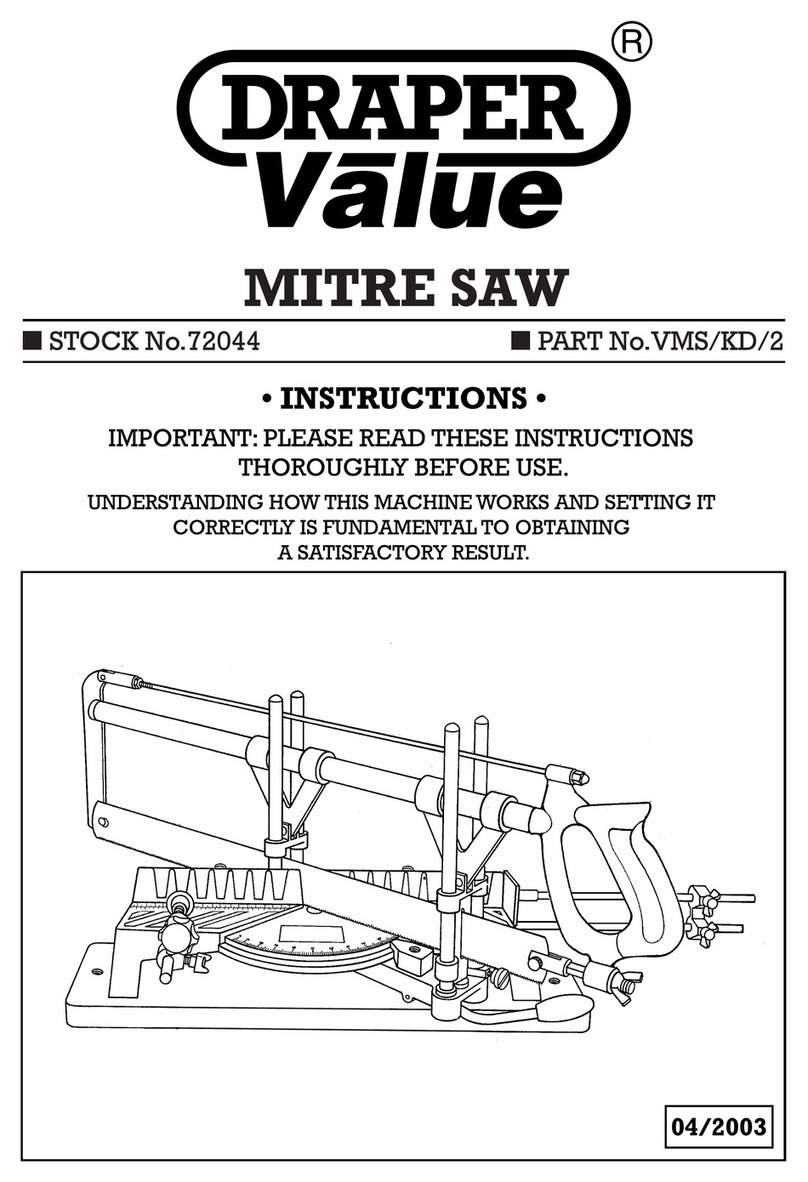
Draper
Draper VMS/KD/2 User manual

Draper
Draper RS12VD User manual
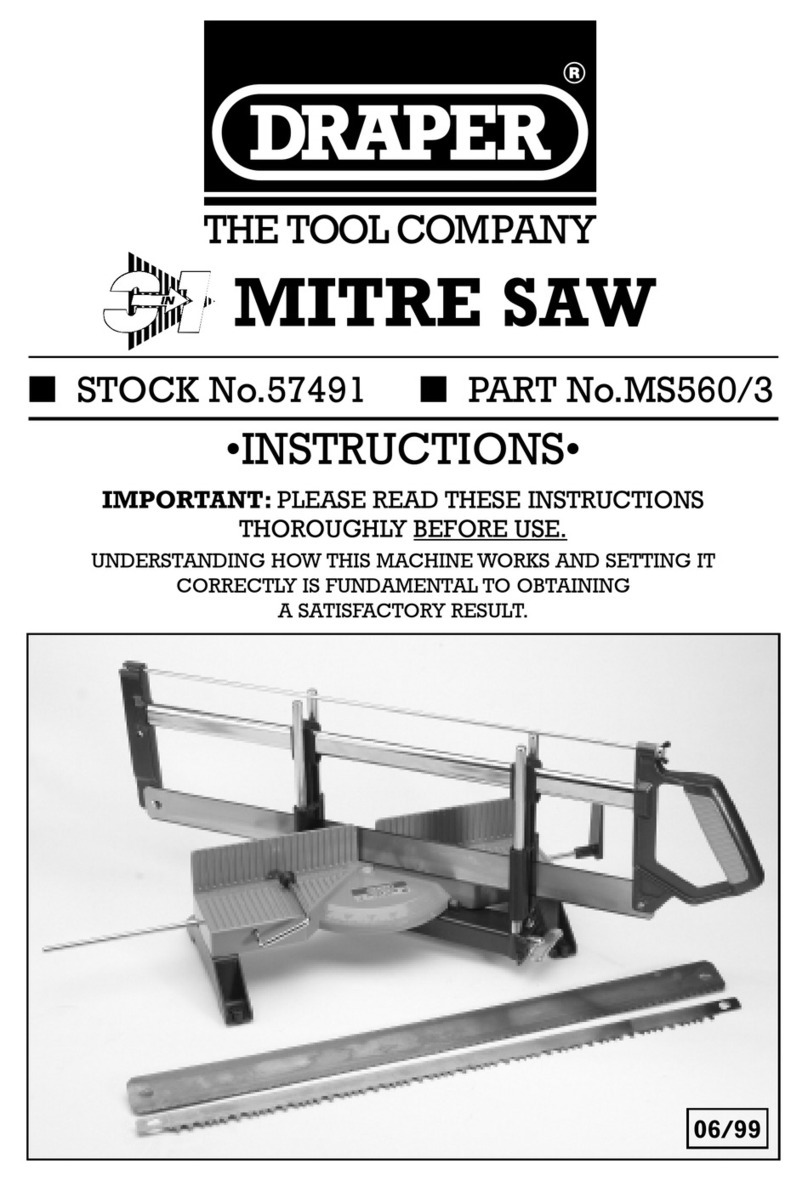
Draper
Draper MS560/3 User manual
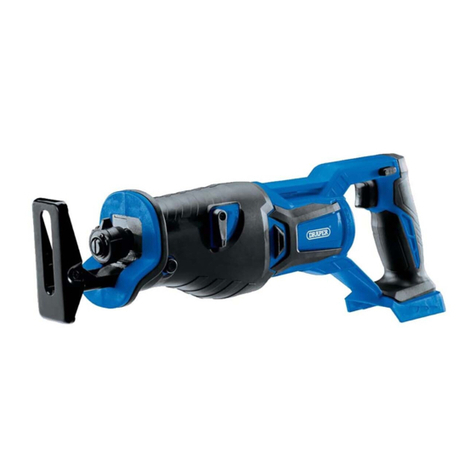
Draper
Draper RSAW900D User manual

Draper
Draper CCS140KLI User manual

Draper
Draper BS200A User manual
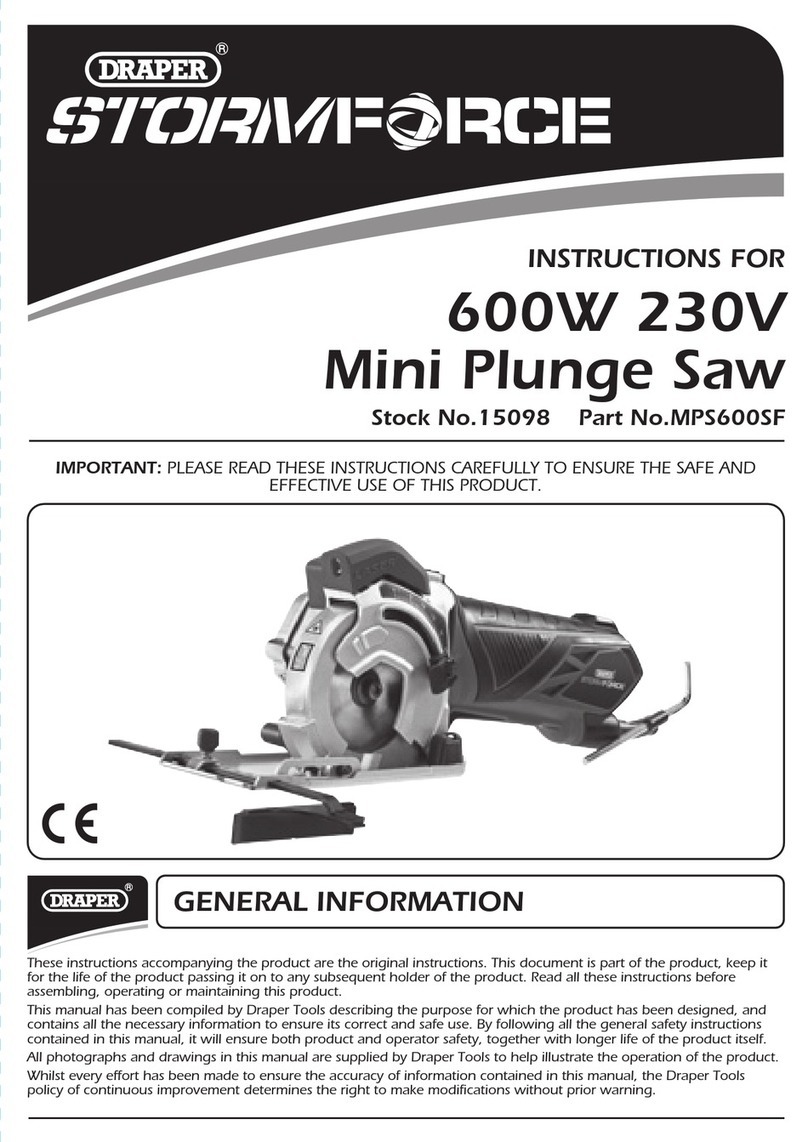
Draper
Draper STORMFORCE MPS600SF User manual
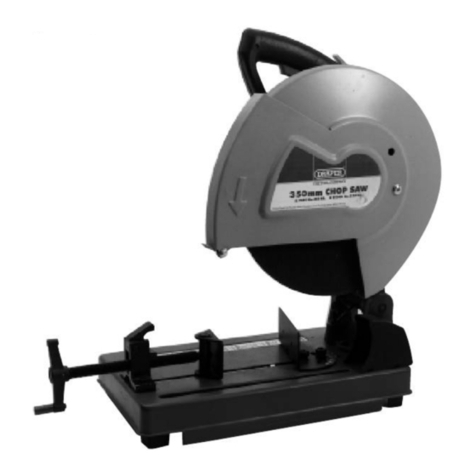
Draper
Draper CS14A User manual

Draper
Draper PMS/550 User manual
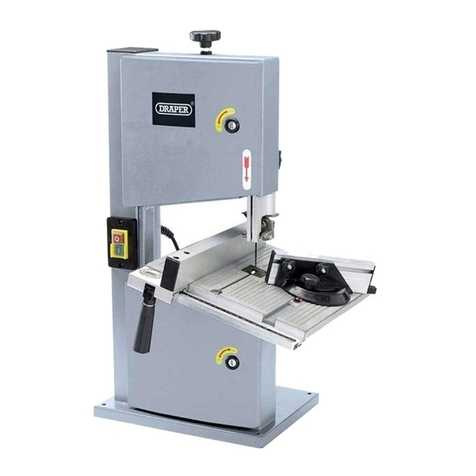
Draper
Draper BS200A User manual

Draper
Draper BS305 User manual
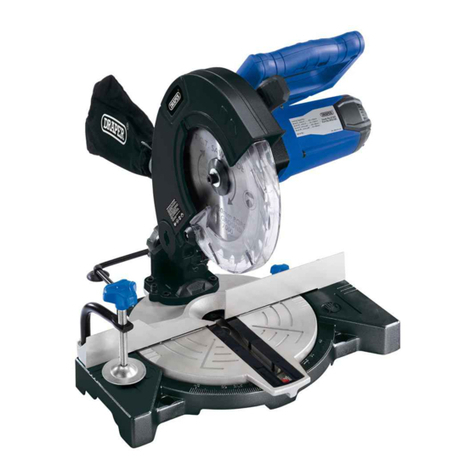
Draper
Draper MS210C Firmware update
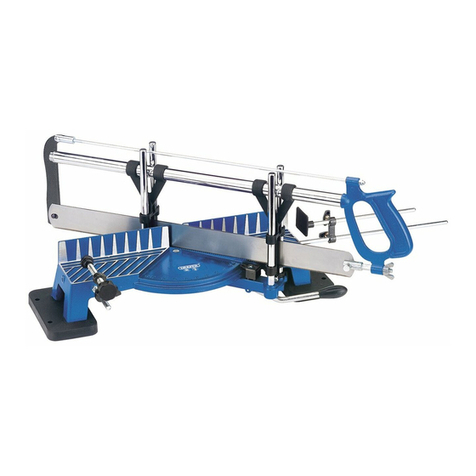
Draper
Draper 88192 User manual
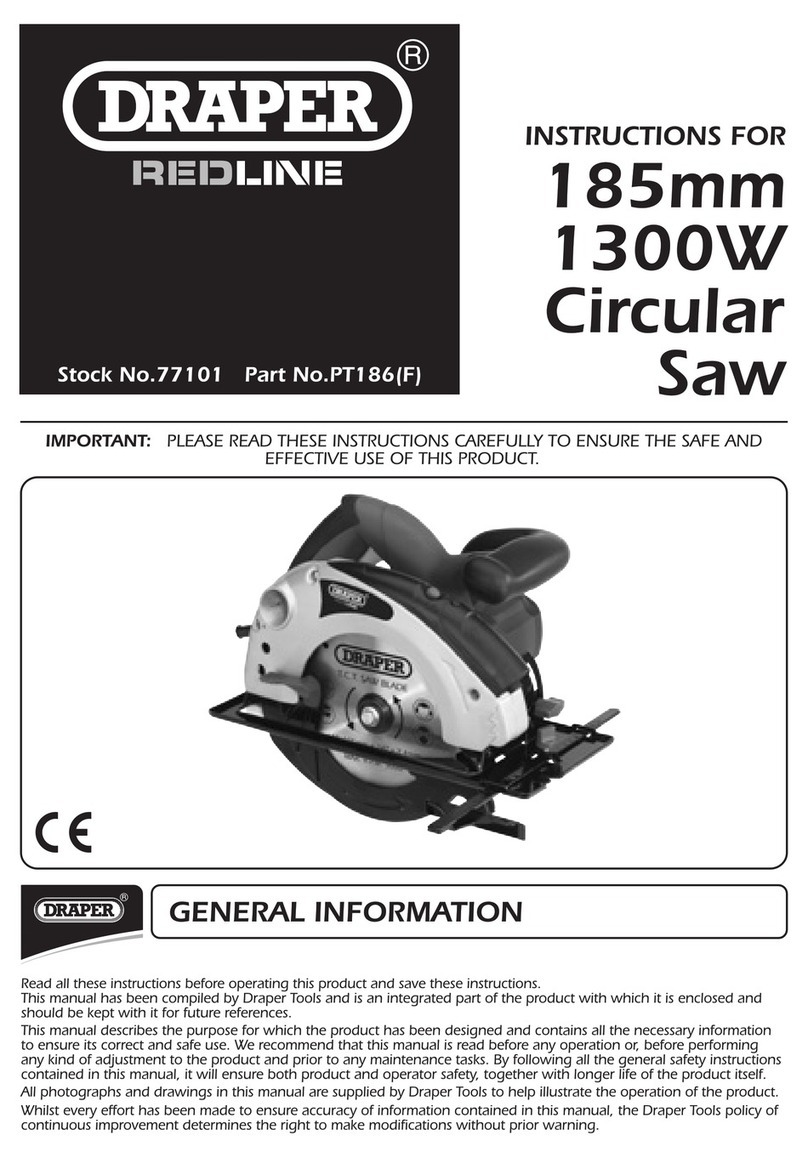
Draper
Draper PT186 User manual
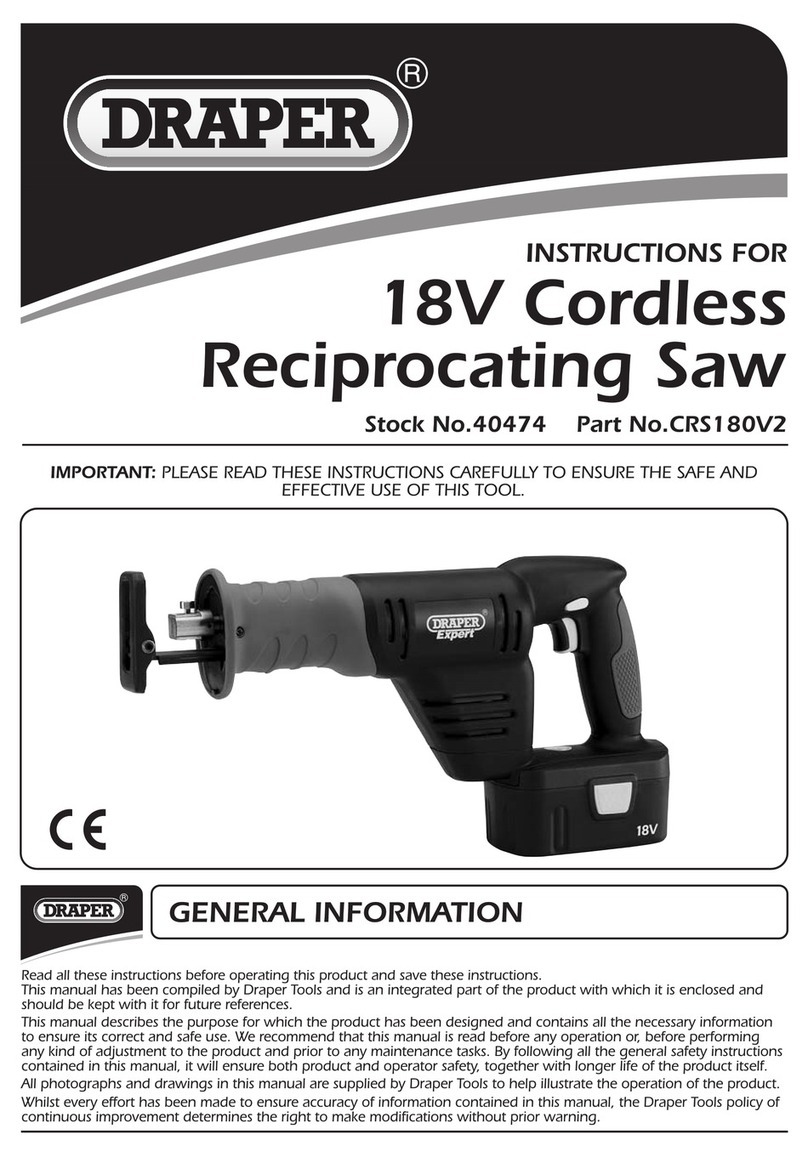
Draper
Draper CRS180V2 User manual
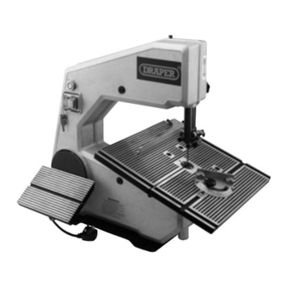
Draper
Draper BS355A User manual

Draper
Draper STORMFORCE BS200/250SF User manual
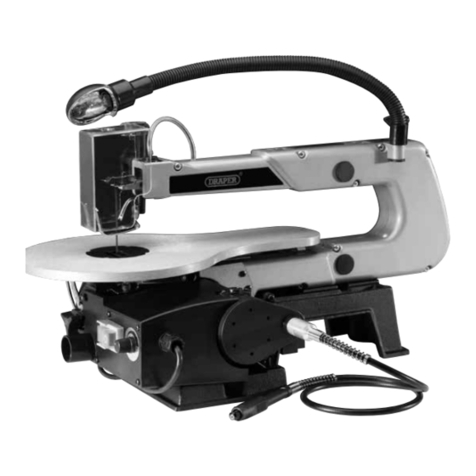
Draper
Draper FS405V User manual

Draper
Draper CIRCULAR SAW User manual

Draper
Draper CTS315A User manual

